HOPE
AbuQadim Haqq, Museion Wormhole, 2023. Courtesy / © the artist
On September 30, 2023, Museion in Bolzano, Italy, presented HOPE, an international group exhibition exploring spaces of hope between science and fiction, curated by Bart van der Heide and Leonie Radine in collaboration with musician, theorist, and writer DeForrest Brown, Jr. As the final installment of the TECHNO HUMANITIES trilogy, HOPE probes the close alliance between museums and the humanities as sites of active world-building. The exhibition, which occupies the entirety of the museum, includes works from an intergenerational cohort of artists. It is further supported by an anthology of newly commissioned critical texts as well as a rich mediation and event program. The exhibit will close on the 25th of February of this year.
Ever since opening its doors exactly 15 years ago, the Museion building has been repeatedly described as alien, a UFO that landed in the center of Bolzano. HOPE endorses the view of the museum as a spaceship, a time capsule, a portal to another dimension. The exhibition will transform Museion into a production site of wonder, merging science and fiction to evoke hope through individual and collective imaginations of futures and pasts. As Philosopher Ernst Bloch wrote in the introduction of his Principle of Hope (1954): “We need the most powerful telescope, that of polished utopian consciousness,” to penetrate the darkness.
AbuQuadim Haqq, Orbital Satellite Workers, 2023. Courtesy / © the artist
Ever since opening its doors exactly 15 years ago, the Museion building has been repeatedly described as alien, a UFO that landed in the center of Bolzano. HOPE endorses the view of the museum as a spaceship, a time capsule, a portal to another dimension. The exhibition will transform Museion into a production site of wonder, merging science and fiction to evoke hope through individual and collective imaginations of futures and pasts. As Philosopher Ernst Bloch wrote in the introduction of his Principle of Hope (1954): “We need the most powerful telescope, that of polished utopian consciousness,” to penetrate the darkness.
AbuQadim Haqq, Leo Rodrigues, and Hector Rubilar, Timeline of the Black Technology, 2021. Courtesy the artists.
HOPE invites visitors to move between real and imagined spaces and times to try on alternative viewpoints. The exhibition architecture suggests an upside-down, non-linear path through the building, leading first to the fourth floor, which showcases various artistic time capsules in an observatory-like setting. By proceeding through individual and collective artistic cosmologies, the self and the other are open for exploration beyond a humancentric worldview. Here, the selection of artworks creates a sci-fi atmosphere between apocalyptic scenarios and new beginnings at the intersection of the humanities, technology, ecology, and economy.
Artists exhibiting on the third floor interrogate new tools and challenges in the era of artificial intelligence and other forms of digital worldbuilding. Their arcade-like installations create immersive spaces of imagination between the virtual and the real, memory and forgetting.
The second floor houses an archive dedicated to the Afrofuturist myth of Drexciya. The archive draws on DeForrest Brown, Jr.’s thorough research on the history of techno for his book Assembling a Black Counter Culture (2022), which is partly translated into space. At Museion, he arranges numerous Detroit techno album covers and paintings by AbuQadim Haqq alongside maps and timelines while a story in sound unfolds with his album Techxodus (2023) as well as his mixes The Myth of Drexciya (2023) and Stereomodernism (2020). Thanks to the longstanding dialogue between Brown and Haqq and the record collection of DJ Veloziped / Walter Garber in Bolzano, HOPE marks the first time this previously overlooked artistic form of historiography and world-building is experienced in a museum to this extent.
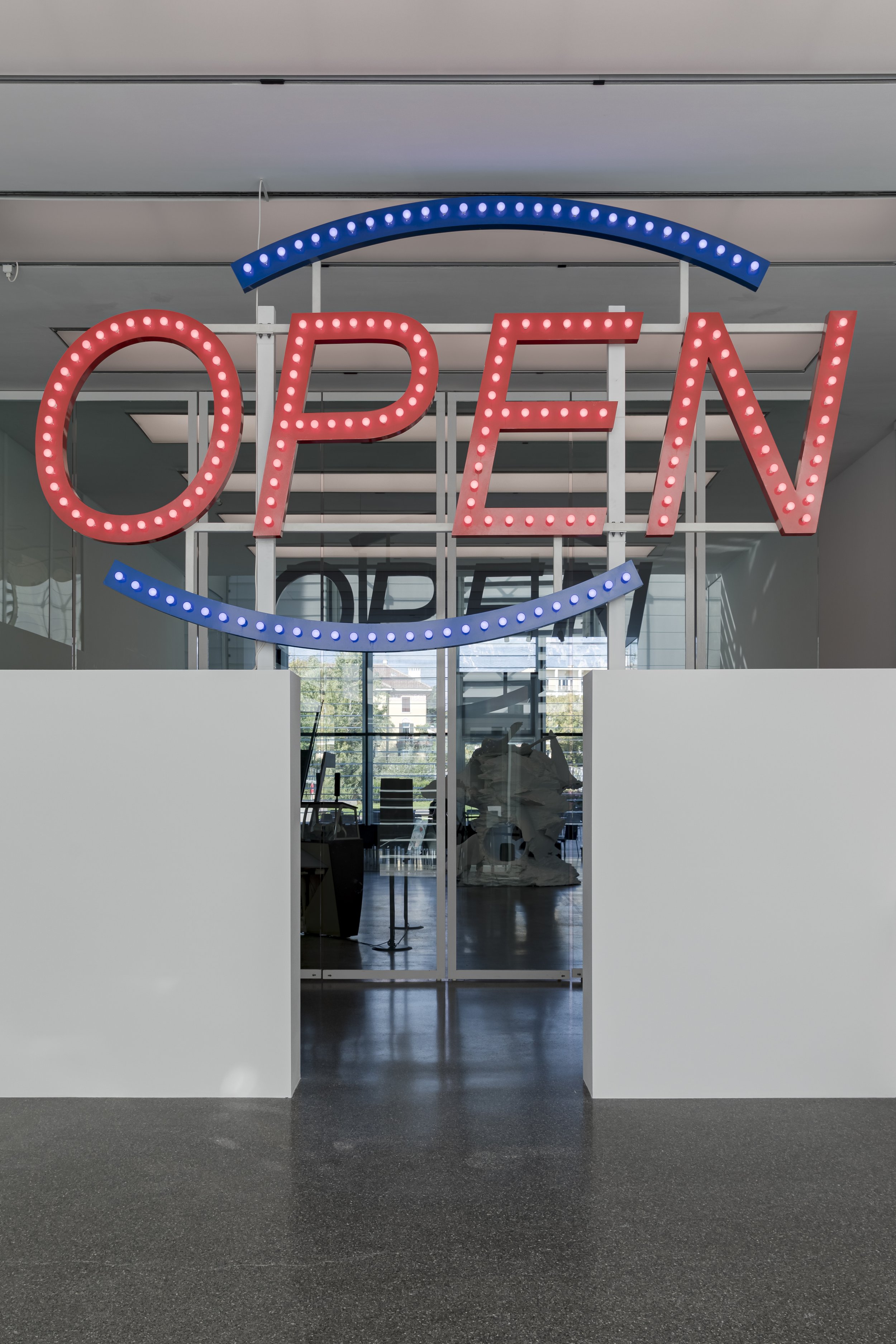
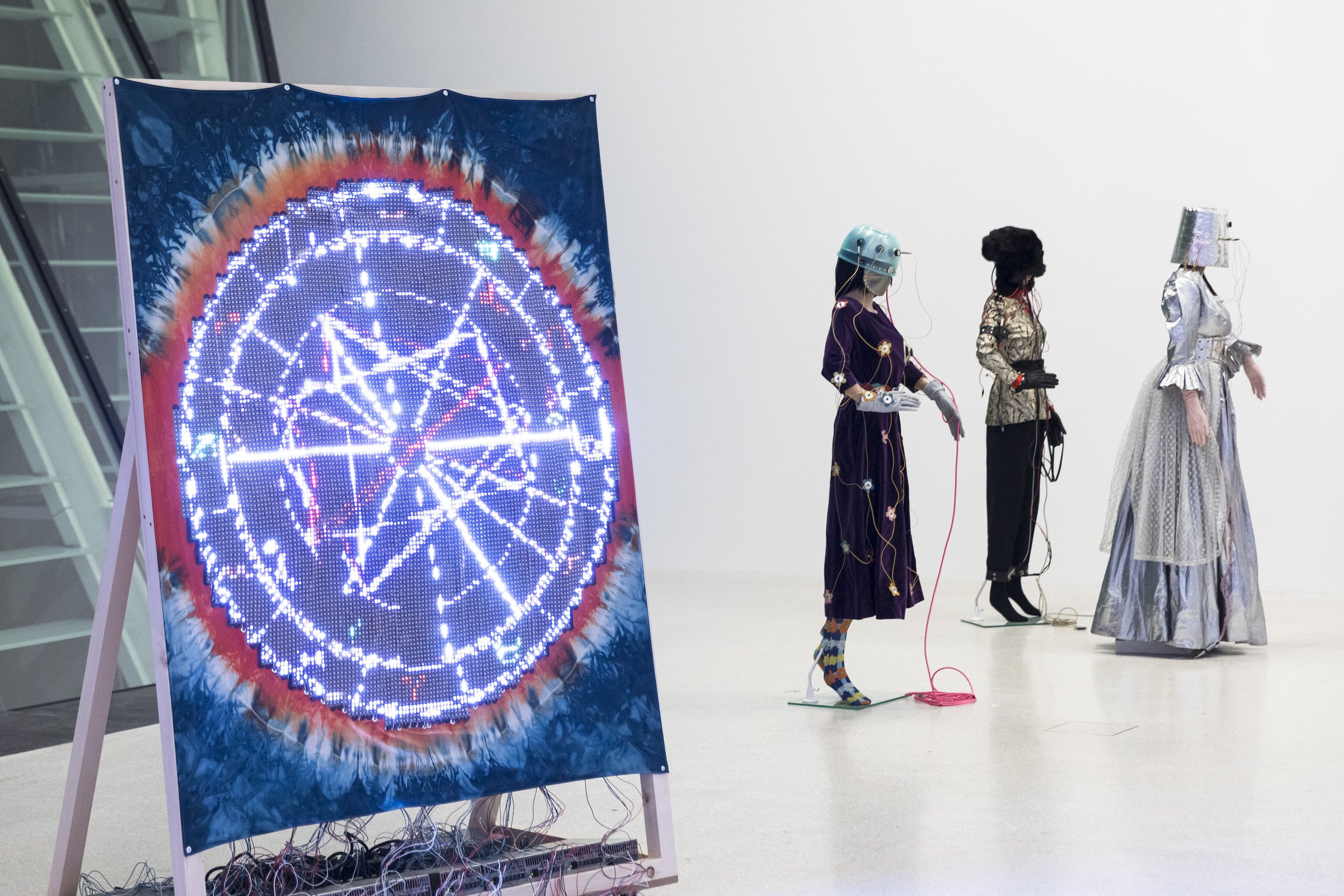

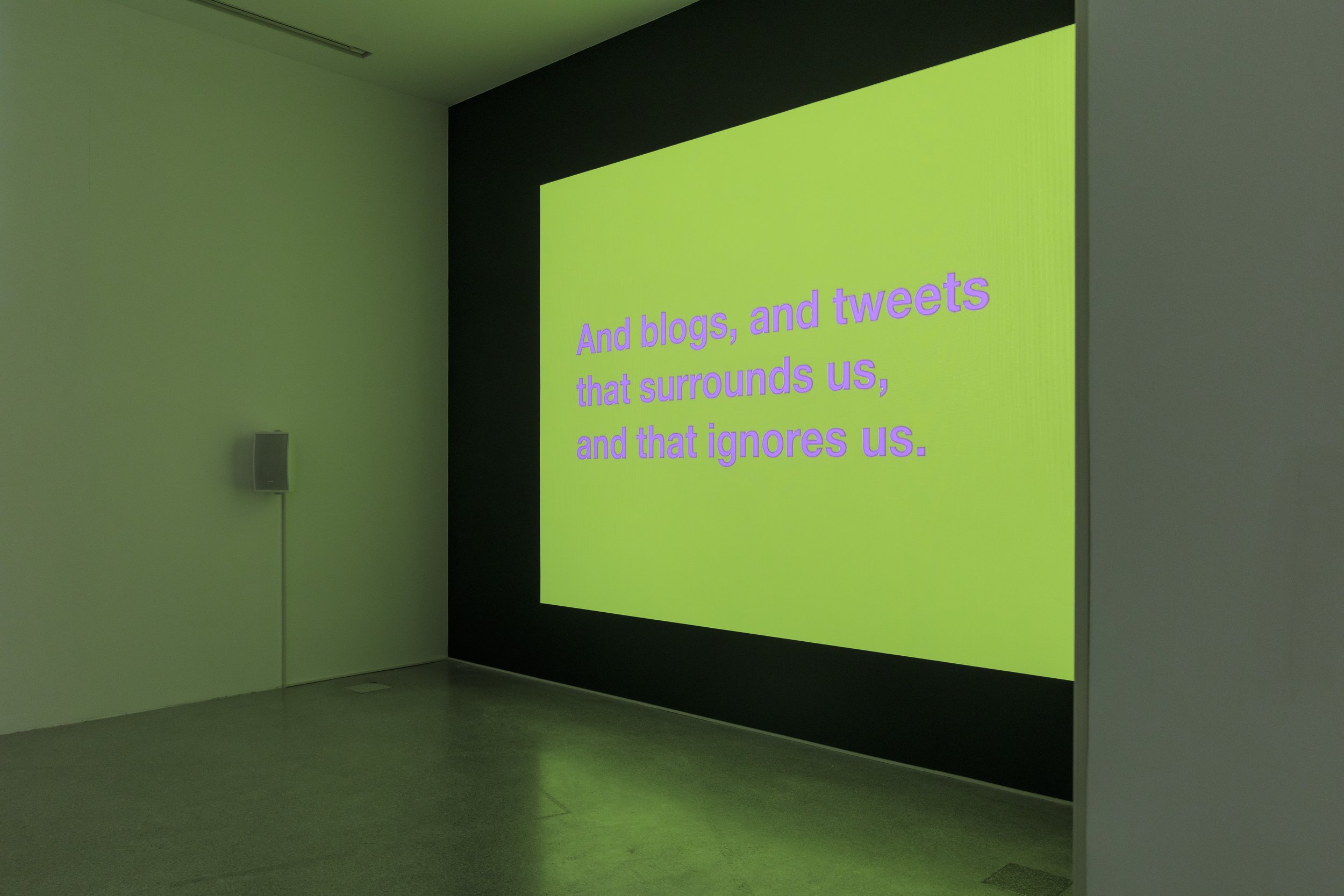
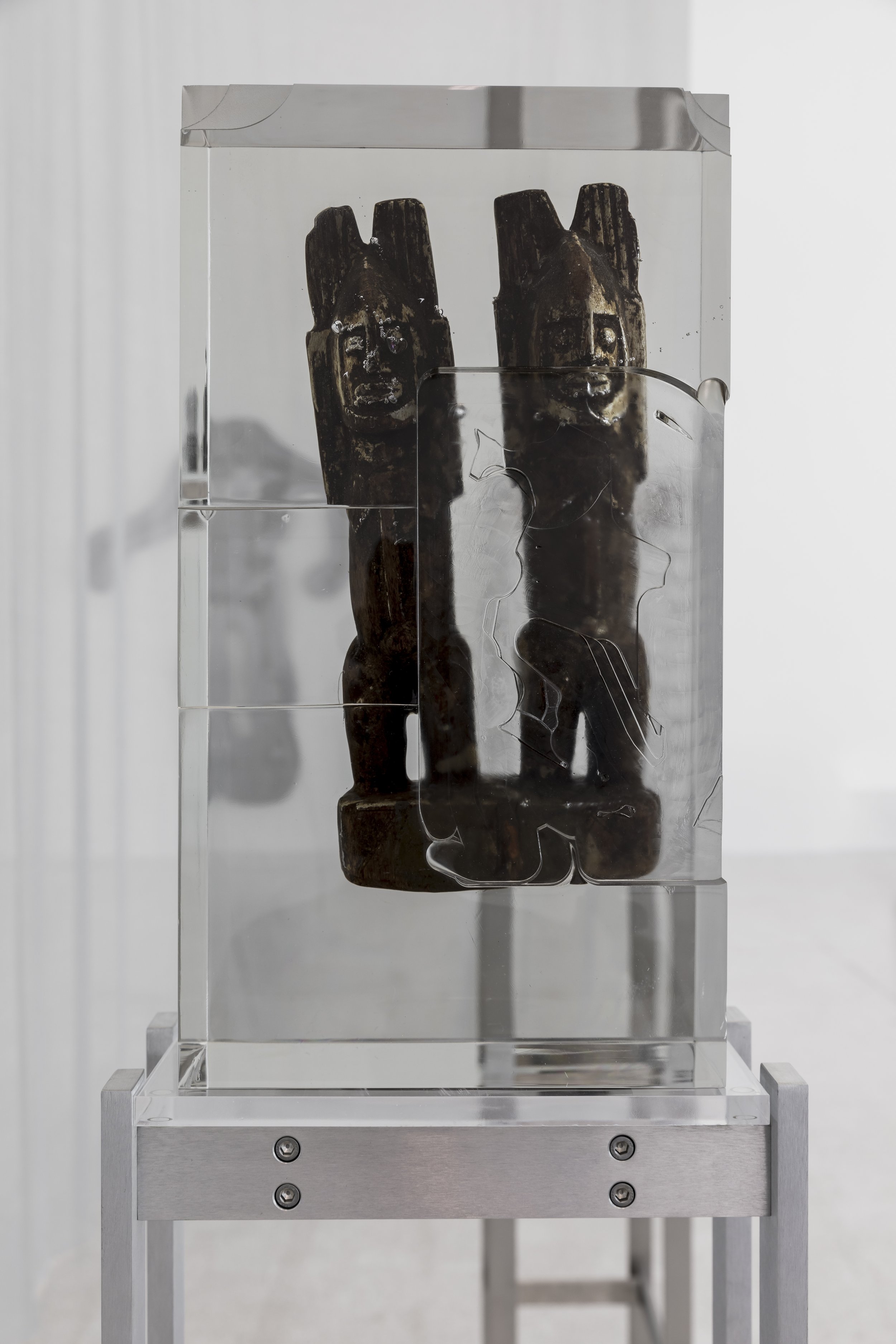
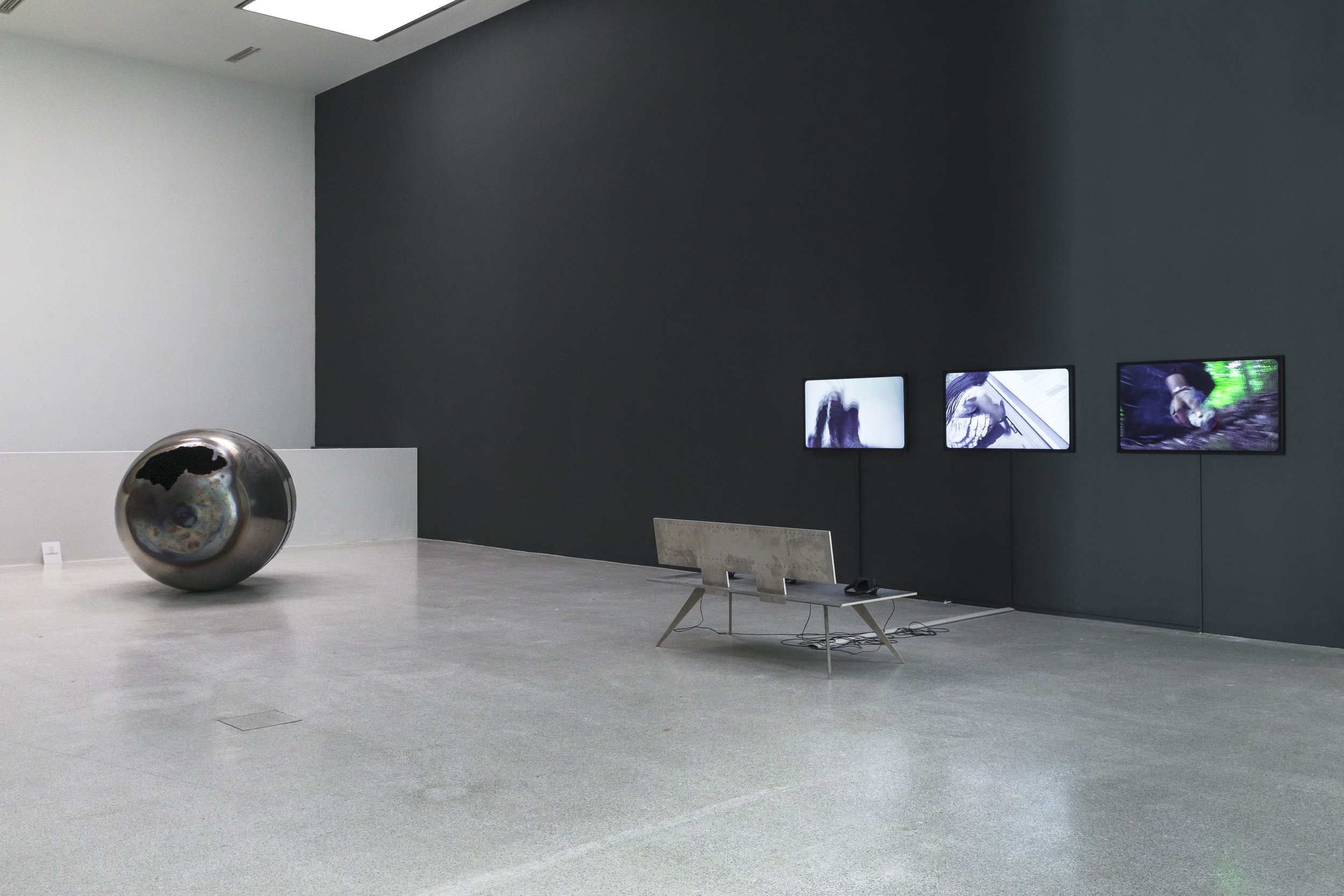
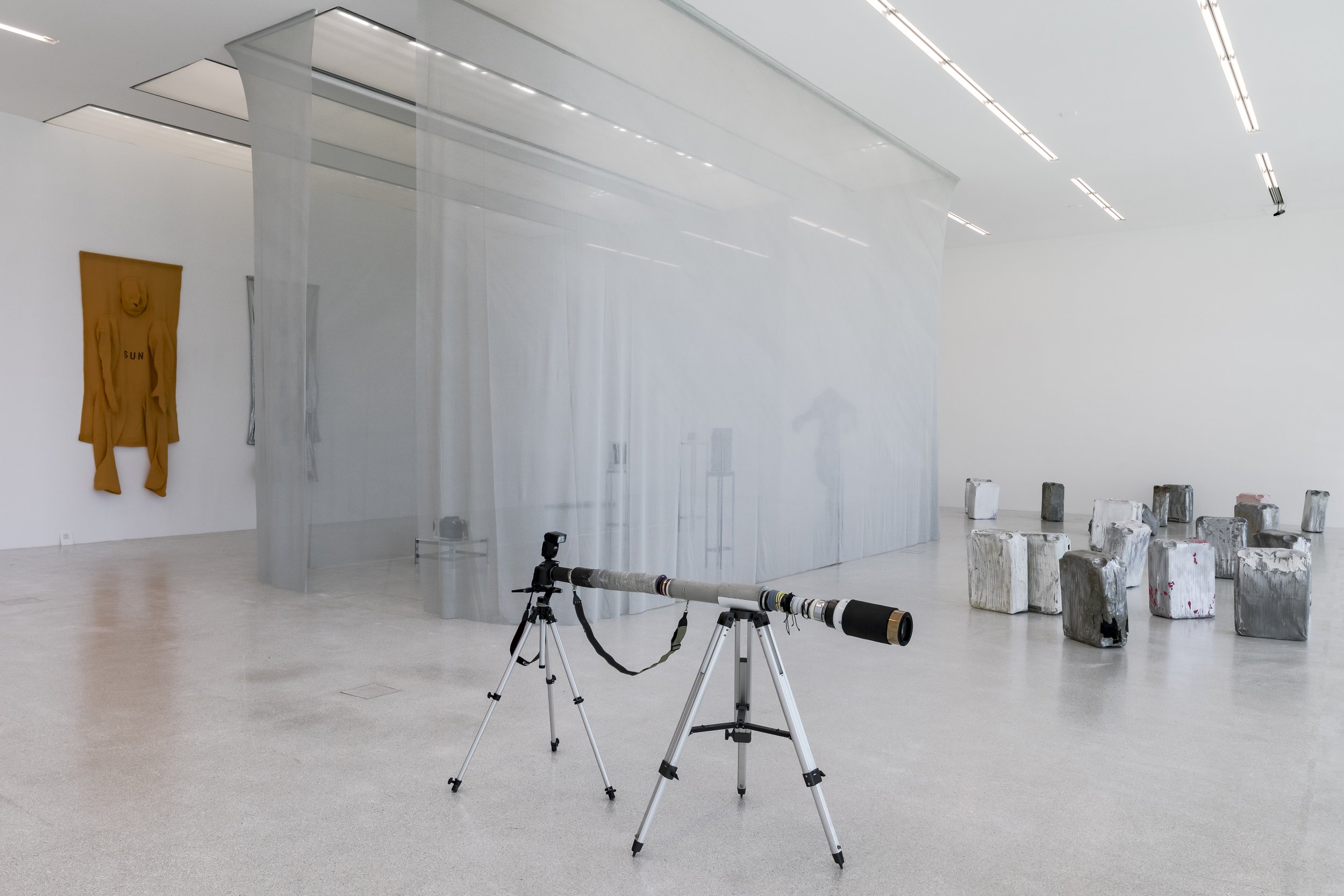
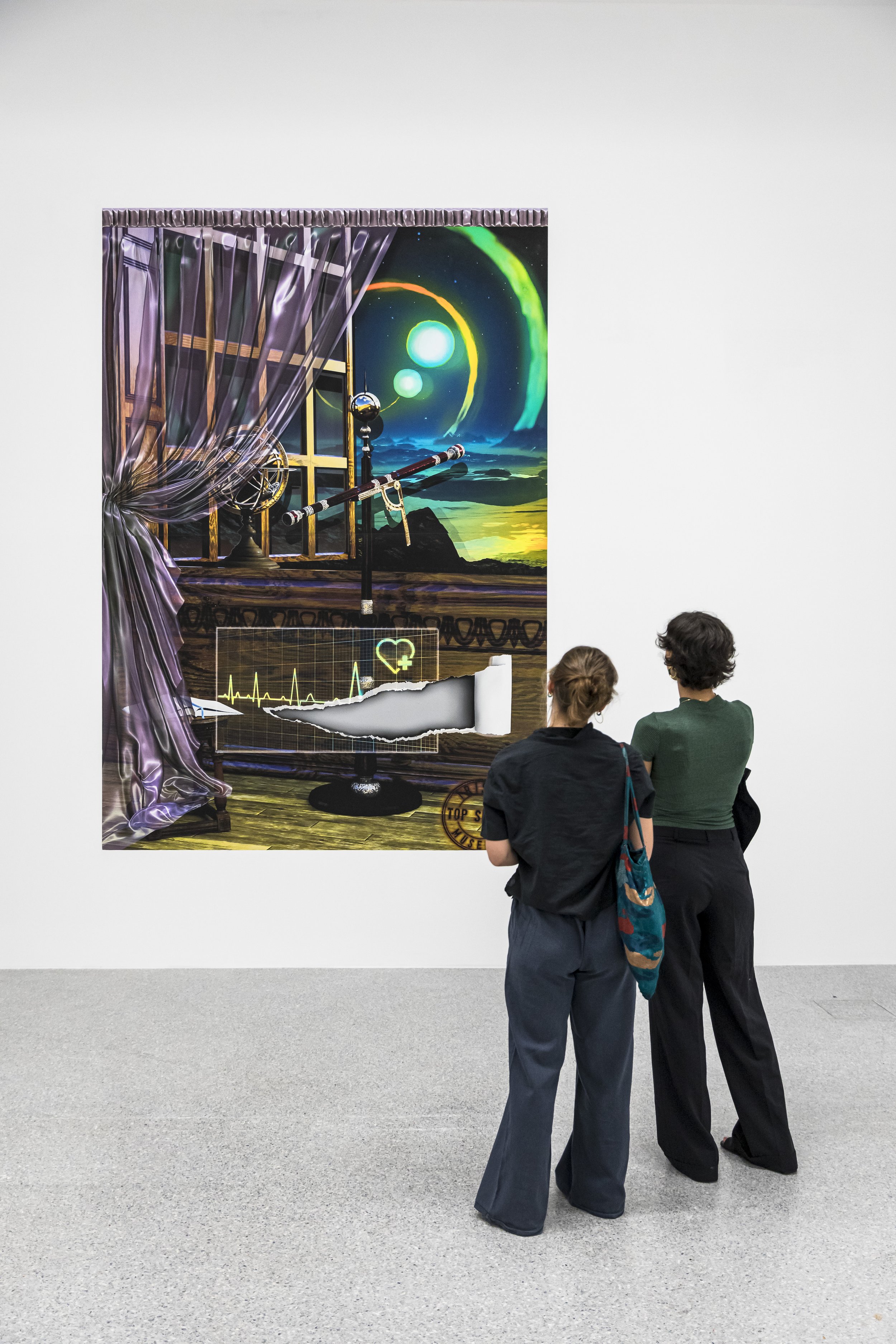
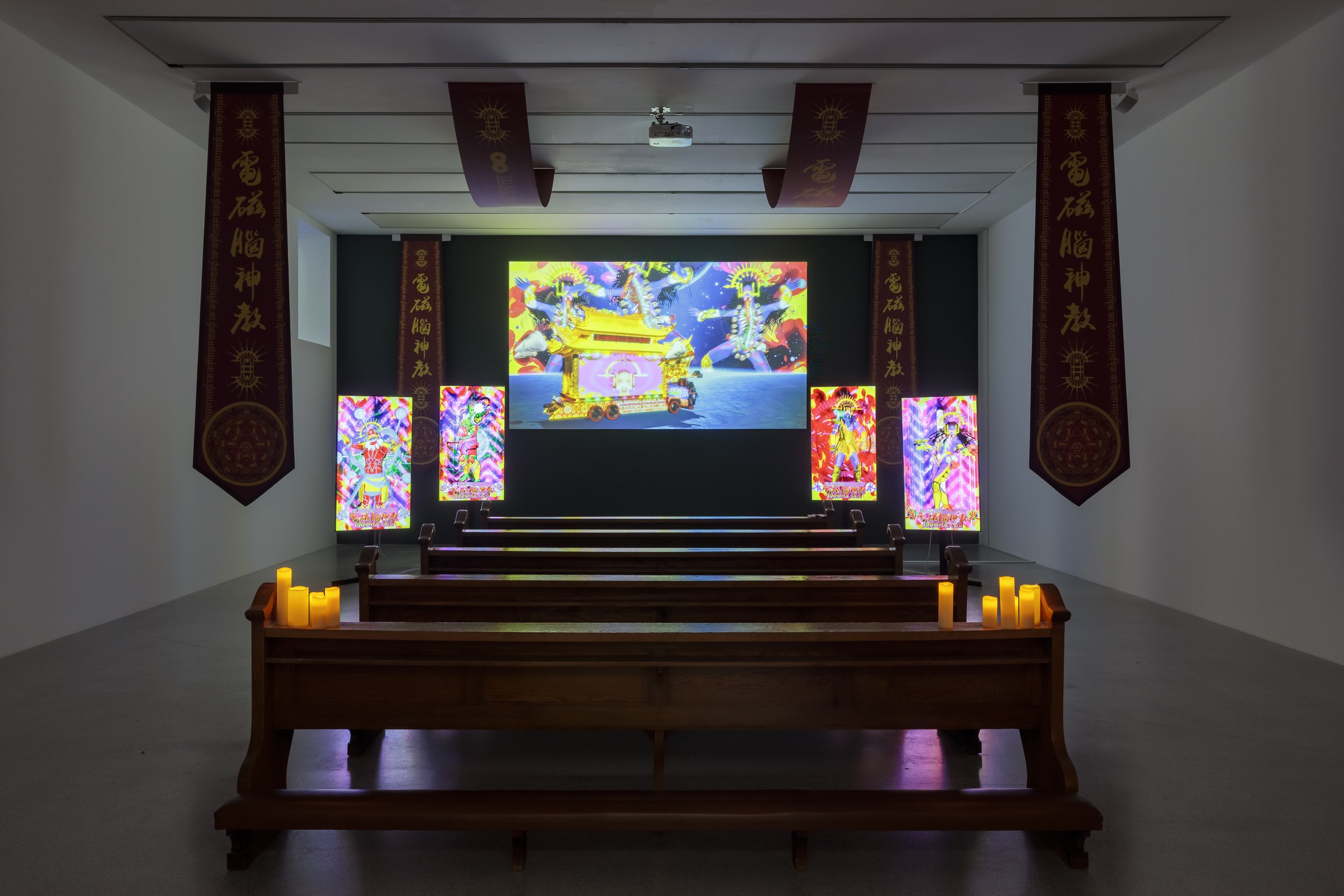
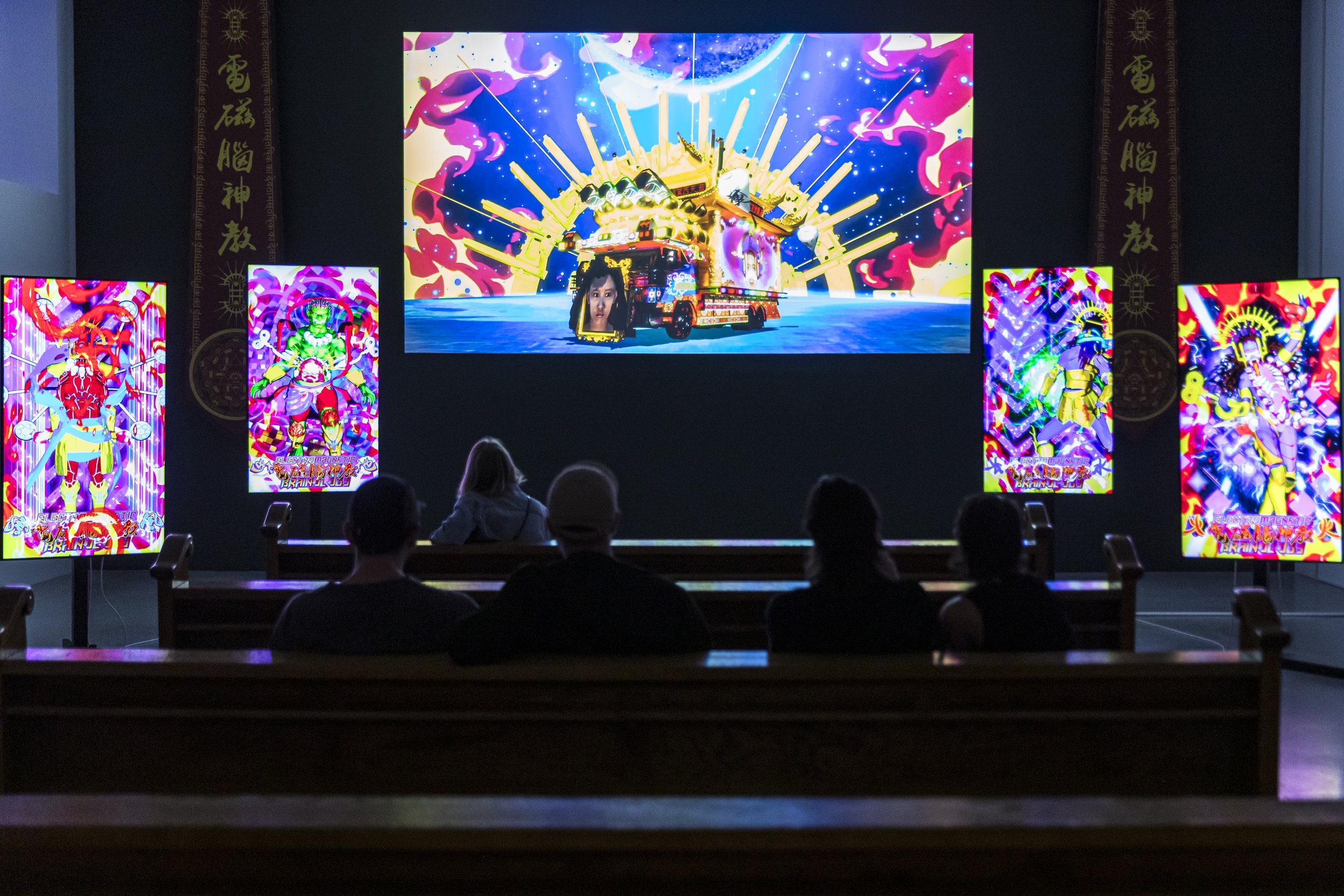
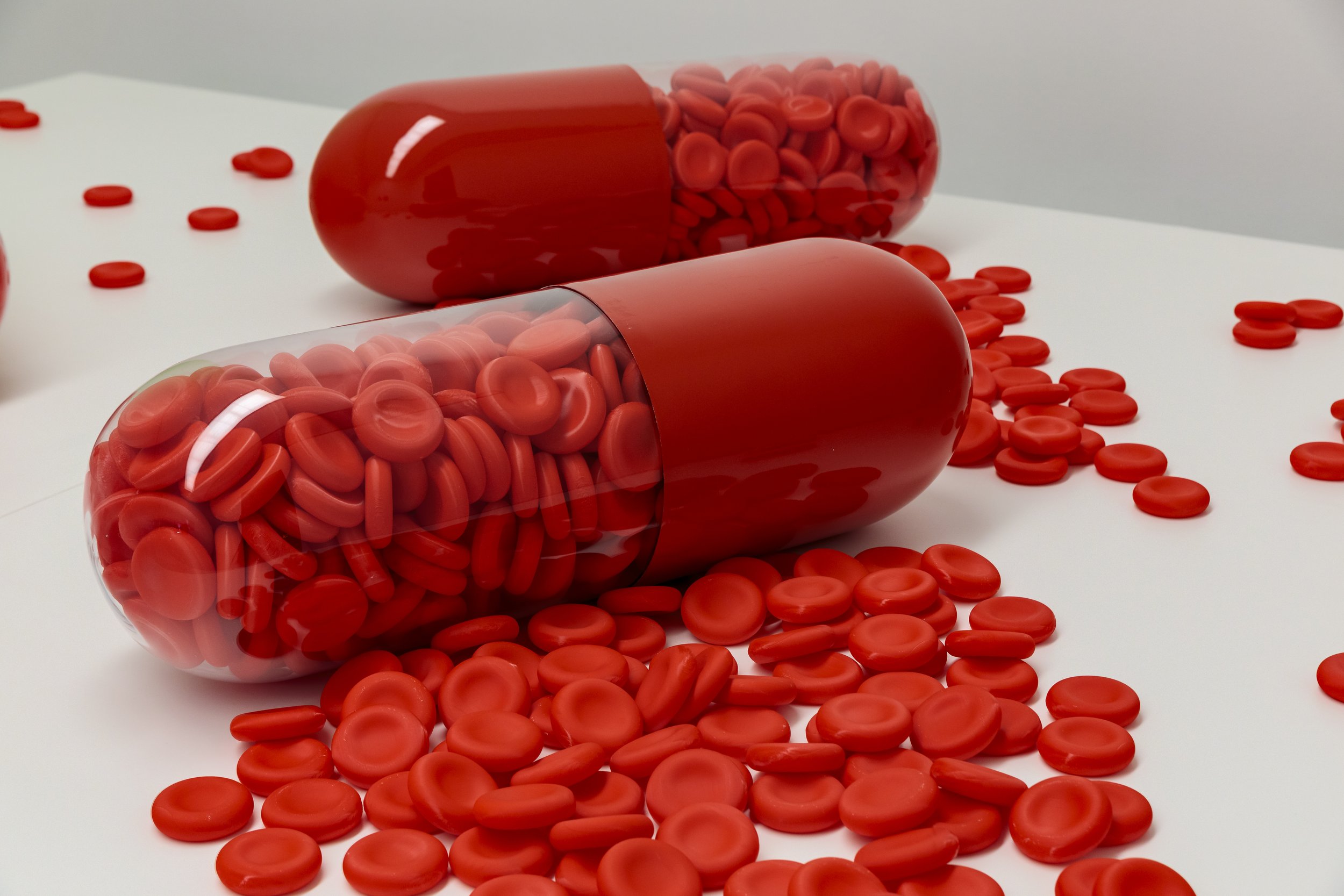

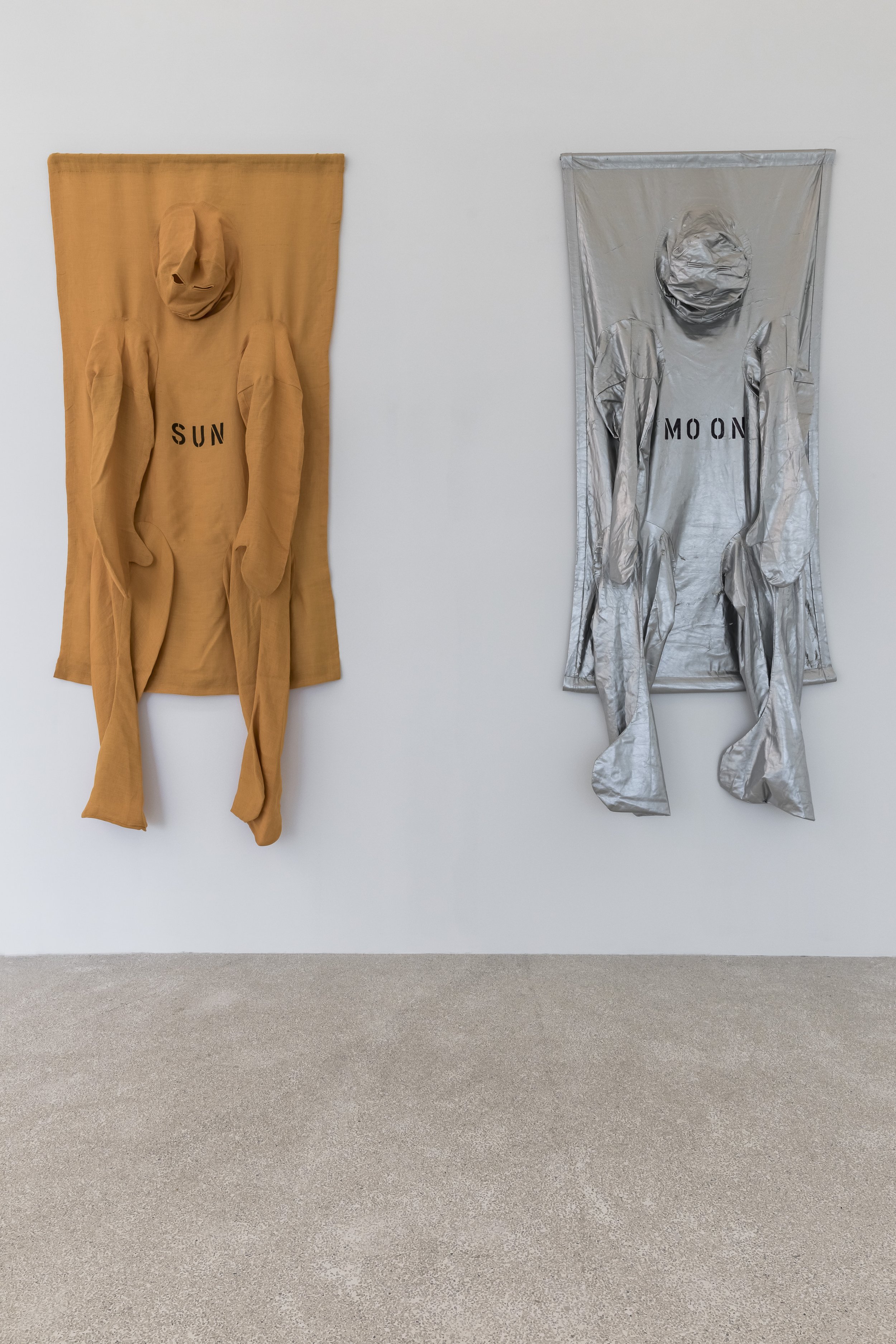
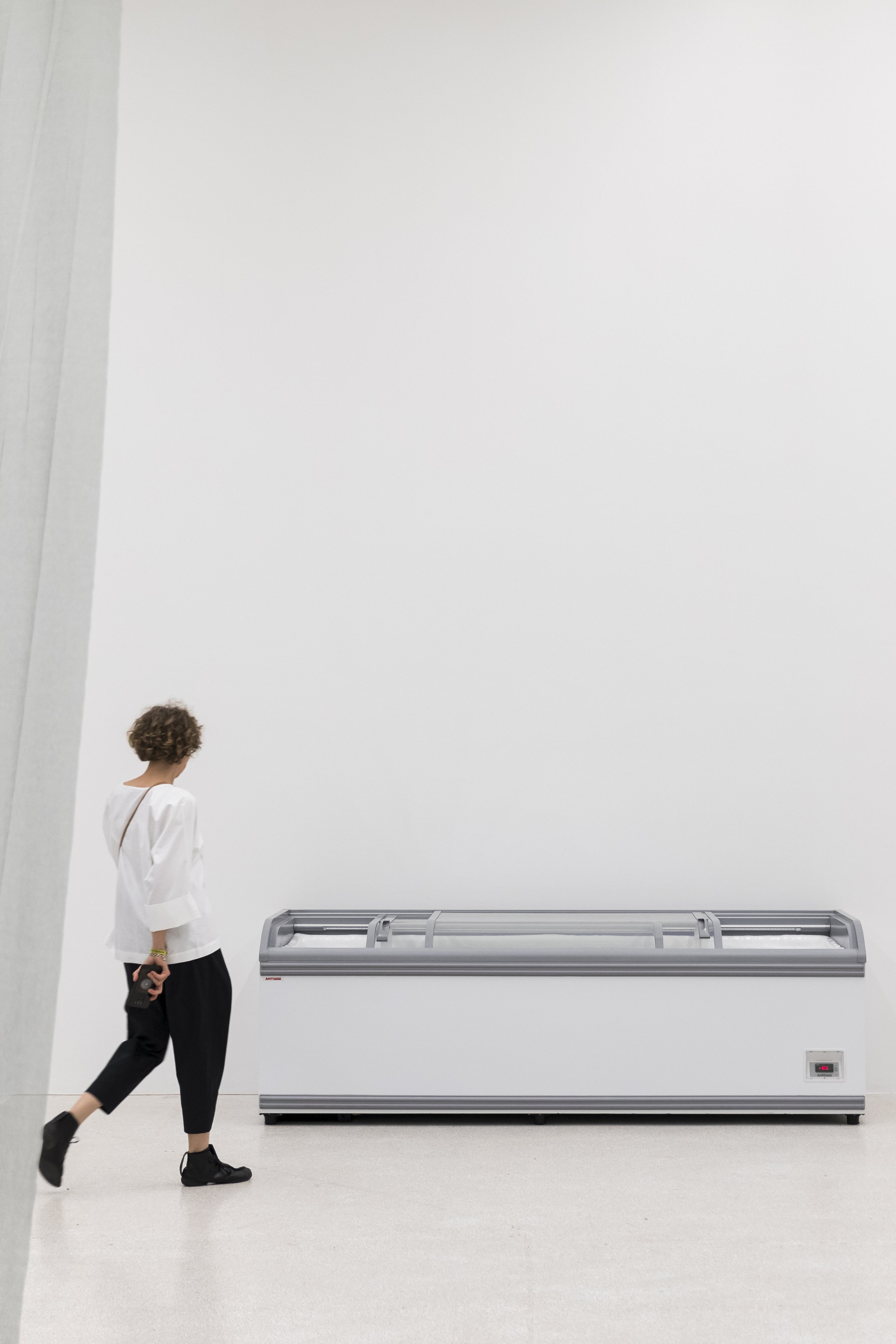
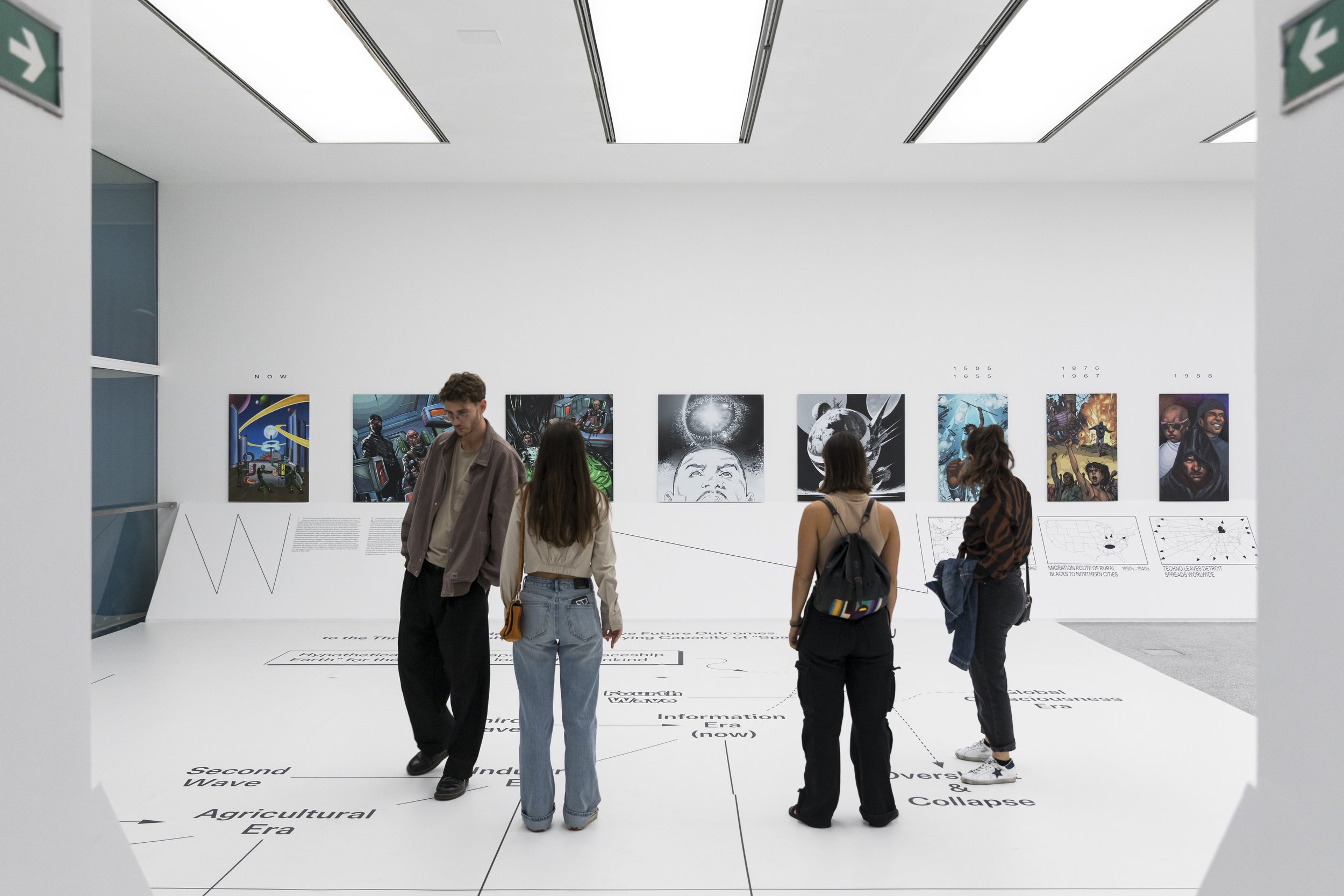
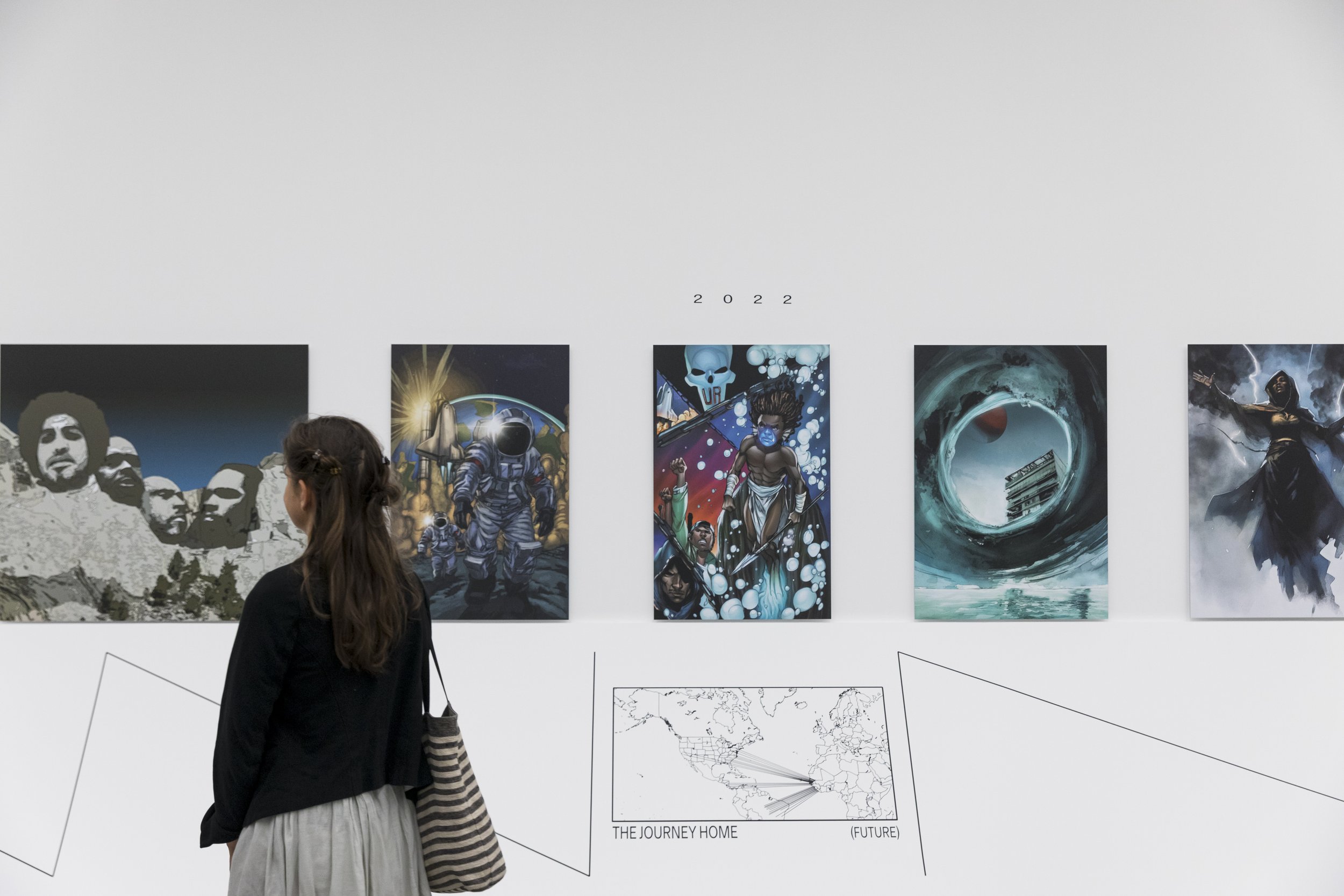
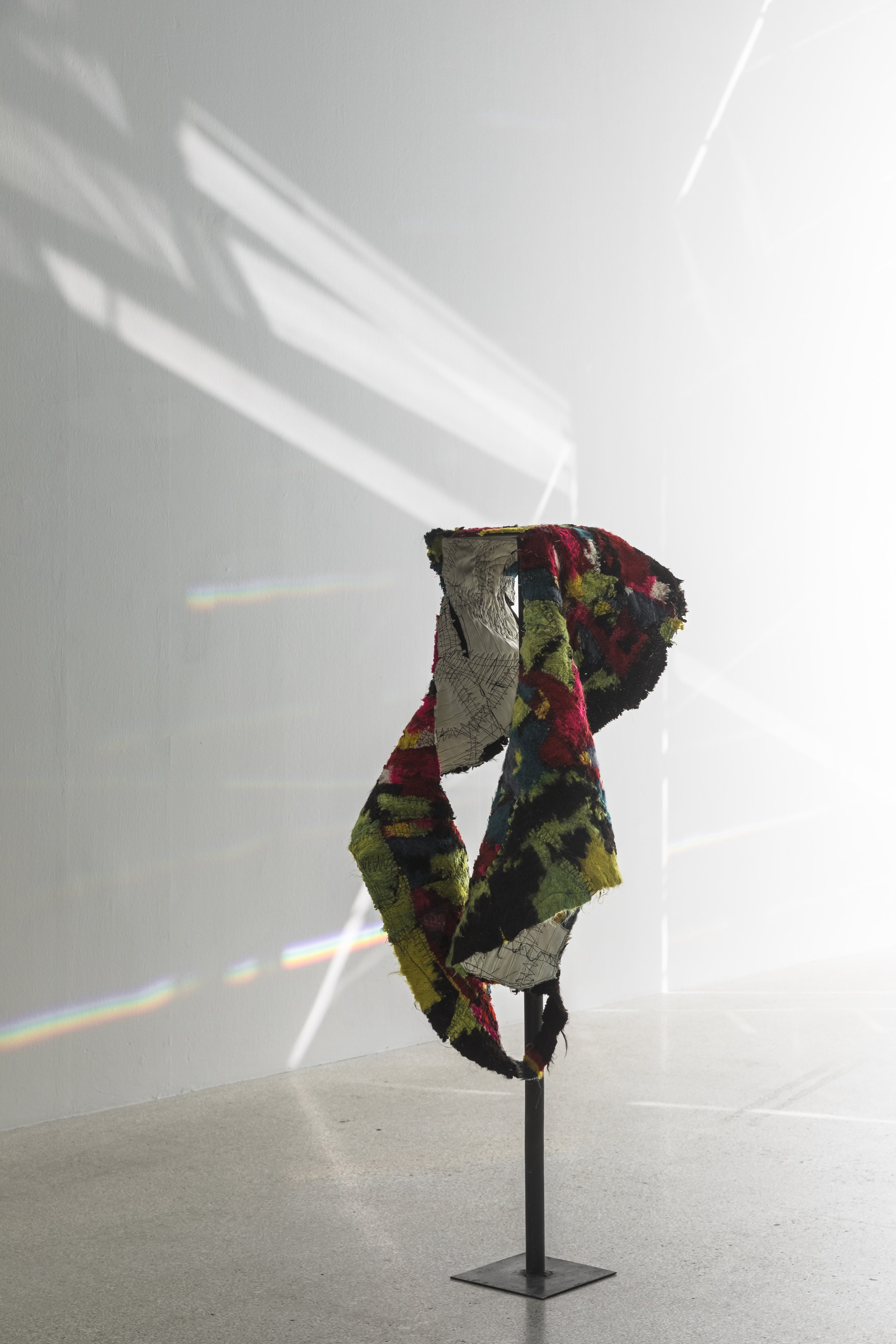
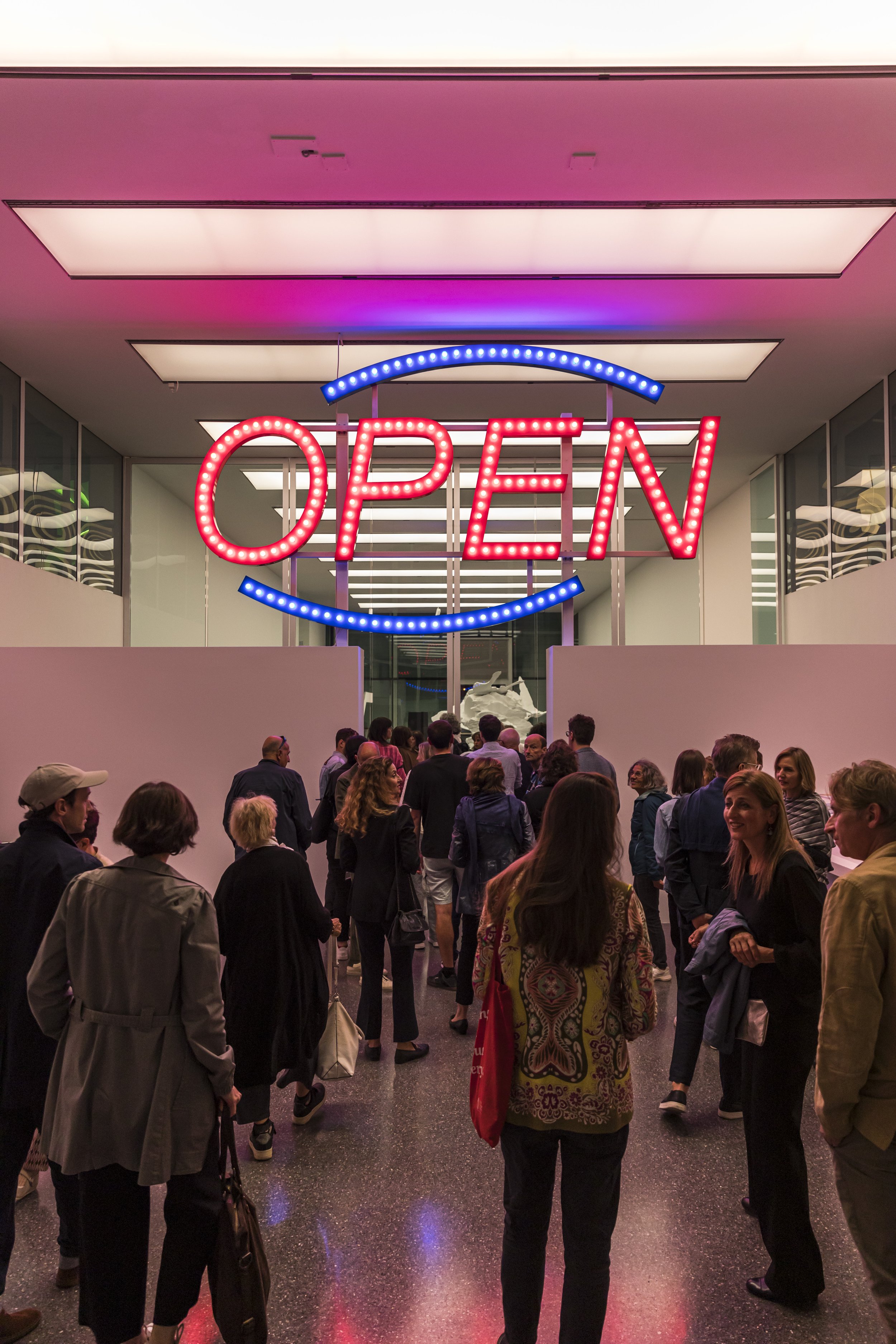
Installation view, HOPE, Museion in Bolzano, Italy, 2024. Courtesy Museion
Finally, following the guiding logic of the wormhole depicted in Haqq's key visual artwork for the exhibition, the ground floor creates a passage for lightning-fast travel between distant points in space-time. The combination of unearthed and just emerging works bridges the histories and futures of Museion as a collecting institution and opens a space of listening, speech, and discussion of HOPE's key questions: Where do we come from, and where do we want to go?
The exhibition includes pieces by Almare, Sophia Al-Maria, Ei Arakawa, Trisha Baga, Neïl Beloufa, Black Quantum Futurism, Tony Cokes, Irene Fenara, Michael Fliri, Petrit Halilaj, Matthew Angelo Harrison, AbuQadim Haqq, Andrei Koschmieder, Maggie Lee, Lawrence Lek, Nicola L., Linda Jasmin Mayer, Beatrice Marchi, Bojan Šarčević, Marina Sula, Suzanne Treister, Ilaria Vinci, LuYang, and works from the Museion collection by Allora & Calzadilla, Shūsaku Arakawa, Ulrike Bernard & Caroline Profanter, Shu Lea Cheang, Tacita Dean, Sonia Leimer, Ana Lupaş, and Riccardo Previdi.
The HOPE program further includes the Italian premiere of a major performance by choreographer and dancer Trajal Harrell and the Schauspielhaus Zürich ensemble in collaboration with Transart, an off-site exhibition by artist Thomas Feuerstein hosted and supported by NOI Techpark, several Museion Art Club events, and a rich mediation program that actively engages the audience in negotiating "spaces of hope.”
HOPE marks the third chapter of TECHNO HUMANITIES with an international research group consisting of Bart van der Heide, Leonie Radine, DeForrest Brown, Jr., and Museion Passage Group with the exhibition design by Diogo Passarinho Studio
Publication
HOPE is complemented by an anthology of newly commissioned critical texts by Bart van der Heide, Leonie Radine, DeForrest Brown, Jr., Mahan Moalemi, and Ytasha L. Womack, published by Hatje Cantz, which concludes the trilogy of volumes dedicated to TECHNO HUMANITIES. The key visual artwork in the communication of the exhibition is created by AbuQadim Haqq, who also contributes to the anthology with a set of digital paintings that relate to his illustrations of historic Detroit techno album covers and his renowned Afrofuturist graphic novels.
TECHNO HUMANITIES
TECHNO HUMANITIES is a three-year multidisciplinary research project of exhibitions, publications, and public programs. It is Museion’s most extensive experiment to date, involving all staff members and regional stakeholder communities. TECHNO HUMANITIES explores the urgent, existential questions of what it is to be a global citizen in the present-day dependency between ecology, technology, and economy.
In partnership with
Transart Festival of contemporary culture
NOI Techpark
Institutional partners
Autonome Provinz Bozen Südtirol – Provincia Autonoma di Bolzano Alto Adige
Stiftung Fondazione Sparkasse
Museion Private Founders
For more information about this exhibition or others at the museum, please visit their site here. The museum can also be found on Instagram, YouTube, and Facebook.


